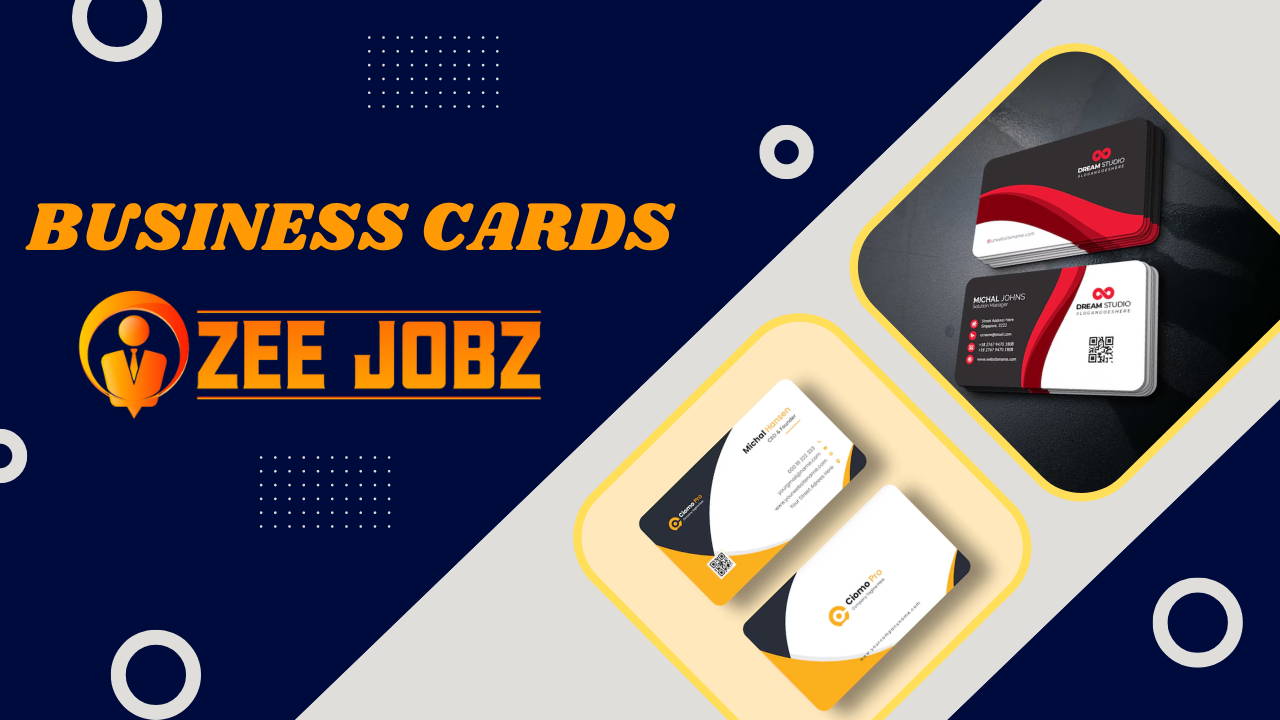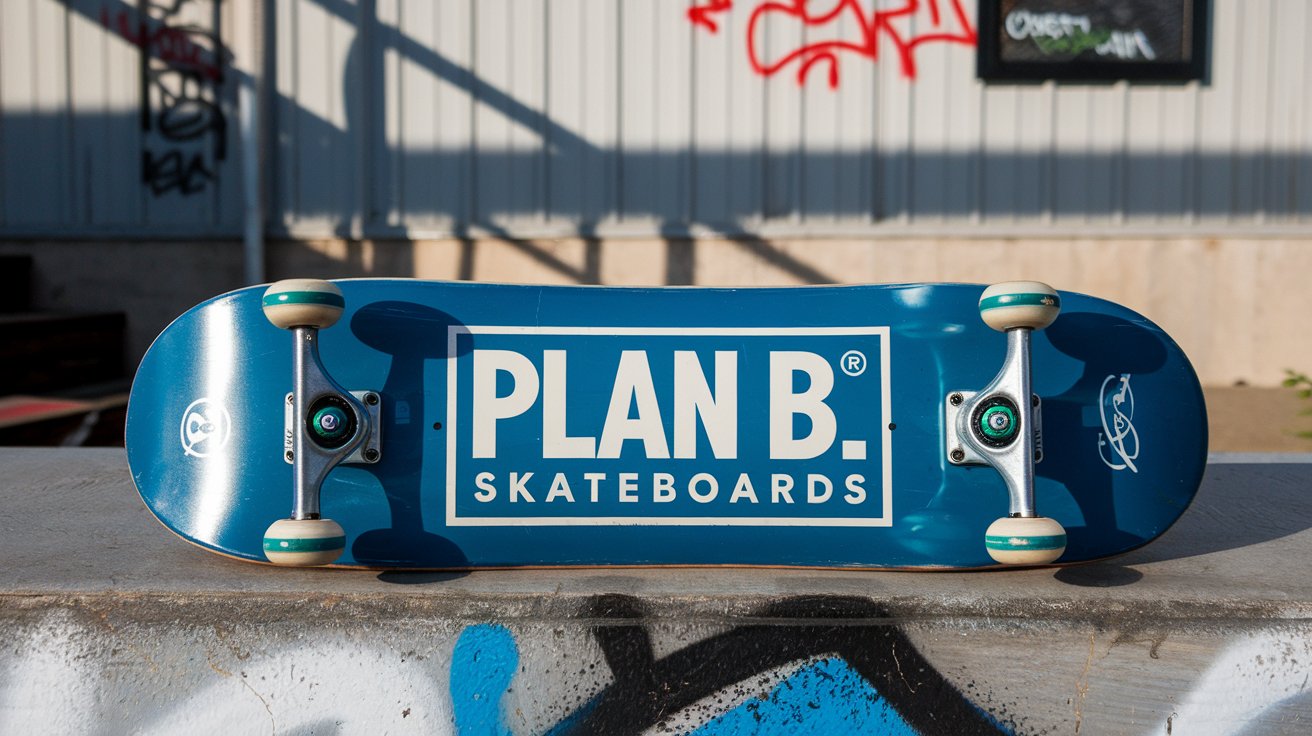Introduction to business cards
In a generation dominated by digital communication, the unusual garden organization card has survived and thrived as a key tool for networking professionals. This small but giant piece of Business Cards inventory consists of more than purely tactile statistics – it’s kilometers as an example of a logo, an extension of personal and expert identity, and a tangible connection in an increasingly digital international society. Trading playing cards have evolved over the centuries, adapting to changes in technology and layout developments, but their main cause remains the same: to avert lasting impact.
Historical roots of business cards
Business cards, as we understand them today, have a rich historical kinship going back to 17th-century Europe, where aristocrats used them to announce their arrival in town. Known today as “travel playing cards” or “gambling cards,” they were not true etiquette equipment but symbols of popularity and prestige. In the nineteenth century, they became critical in business circles, especially in the Western world, where they were used to establish and formalize business relationships.
Transition to modern business cards
The transition from aristocratic to fashionable business cards marked a broad shift in their thinking and target audience. As trade advanced globally and industrialization took hold, the need for inexperienced and expert verbal exchanges grew. Business cards became more standardized, focusing on important contact information and associations of organizations. They became an essential tool for marketers, traders and business specialists, symbolizing the growing importance of networking and relationship-building within an international organization.
The evolution of business card design
Over the centuries, the appearance of industry agency cards has evolved dramatically, reflecting modifications in generation, printing strategies, and design elements. Early business cards were simple, often monochromatic and contained simple text. As printing technology advanced, so did the complexity and creativity of the designs.

From simplicity to creativity
The late twentieth century saw increased creative business card designs, with agencies and those using them as a canvas to identify a particular brand. The upward pressure of image layout as a career has achieved a huge function in this adjustment. Trading cards began to feature logos, unique fonts and hues, turning them into miniature works of art that conveyed not actual stats but a sense of favor and character.
The impact of digital printing and materials
The advent of virtual printing in the 1990s revolutionized business card production. It allowed for more problematic designs, the use of premium images, and the advent of many materials, including plastic, steel, and even wood. Additionally, this period saw the rise of the double-sided employer card, which provided more room for innovative expression and other statistics.
The role of business cards in branding
Playing cards play a vital role in branding as a physical example of an organization’s or person’s identity. They are often the first point of contact between an agency and its potential customers or collaborators, so their format and content are important in shaping perceptions.
Consistency in branding
Consistency in branding across all materials, including business cards, is essential for agencies. A well-designed business card that aligns with the organization’s unique logo identity reinforces the brand’s reputation through colors, fonts, and emblems. This consistency allows the design to be reported as correct with confidence, as clients and collaborators are more likely to consider and appreciate a logo that is presented coherently across different systems at some point.
Personal branding through business cards
Corporate playing cards are a key means of personal branding for people, especially freelancers and entrepreneurs. They offer the opportunity to create an unforgettable first effect provide expertise and a specific individuality. A unique and well-crafted business card can set one apart in a crowded market, making contacts and fostering business relationships less complicated.
The psychology behind business cards
The effectiveness of commercial organization playing cards lies not in their format or material content but in the psychology of human interaction. Business playing cards facilitate face-to-face networking and create a tangible connection that is often more memorable than a virtual store.
The power of tangibility
In a digital world, a physical organizational card offers a clean alternative. Changing business and corporate gambling cards involves a personal interaction that can create a stronger and more lasting effect. This tangibility also contributes to the fact that the cardboard can be saved and revisited, rather than a digital contact that wanders around in an overcrowded inbox.
Perception of professionalism
A well-designed business card can greatly enhance a professional image. This indicates that the person or business company is ready, prepared and extremely satisfied with their professional relationships. Conversely, an organization’s poorly designed or antique business card may want to have the opposite effect, damaging one’s reputation.
Strategic use of business cards in marketing
Gambling trading cards aren’t just touch record-sharing devices – they will be powerful marketing devices. When used strategically, they can contribute to broader advertising efforts by helping to promote a brand, generate leads and foster relationships.
Targeted distribution
Target distribution is one of the basic techniques for effectively using. Rather than handing them out indiscriminately, experts and groups focus on handing out playing cards to key contacts, capable clients and associates who are most likely to create a price. This focused approach maximizes the impact of each card dealt.
Business cards as miniature billboards
The Enterprise card is a miniature billboard. Its design, content or perhaps the material used can convey a message about brand values, professionalism and fashion. Some organizations use the back of the card to include additional facts, such as a quick assessment of the organization, a main QR code to the website or a special offer. This turns your cardboard into a versatile advertising device.
The future of business cards in the digital world

As the number of digital industries grows, so does the nature of the employer playing cards. While some could count on their decline, trends suggest that business organizations that play games of chance will continue to play a key function, albeit in new and modern ways.
The role of business cards in branding
In the top organization environment, branding is more important than ever and playing card organizations play an important function in this process. A nicely designed business card can provide the essence of an emblem and create a strong first impression that can influence the capacity of customers, partners or employers.
Design as a reflection of identity
The design of the employer’s business card reflects the identity of the logo. Colors, typography and layout are not arbitrary; they are planned decisions that speak to the brand’s values and individuality. For example, a regulatory company may also choose a minimalist design with muted shades to add professionalism and seriousness. At the same time, an innovative business may also choose bold colors and unique shapes to show innovation and creativity.
The organization card fabric additionally fulfills a position in branding. High-quality cardboard, embossing, foil embossing and specific concrete treatments can increase the perceived level of the sign. These tactile elements add a layer of class that makes the card and the logo memorable.
The importance of consistency
Consistency is paramount in branding and the playing cards of industrial employers should match the general approach to branding. In this way, the design of the agency card must be in common with the unique elements of the emblem, together with the business website, social media profiles and marketing materials. Consistency helps build brand reputation and trust, making it easier for clients and associates to remember and be aware of the brand.
The digital revolution and the durability of business cards
With the advent of the digital age, many expected that employer gambling cards might want to be obsolete. However, gambling organizations have now not survived much they have adapted. They the transferred panorama. The upward push for virtual corporate gambling cards, QR codes and the NFC era have added new dimensions to the traditional employer card, making them more interactive and flexible.
Digital business cards
Digital business cards are the contemporary counterpart of traditional paper cards. These playing cards can be shared via email, social media or text. They offer seamless updates that ensure the recipient always has the most up-to-date facts. In addition, digital business cards are environmentally friendly and in line with the growing sustainability trend in agency practices.
QR codes and NFC technology
In addition, QR codes and Near Field Communication (NFC) technology have the superior functionality of corporate gambling cards. By inserting a QR code or NFC chip directly into an industrial company’s card, customers can quickly create a hyperlink to a website, portfolio or social media profile with a simple test or faucet. This technology integration is no longer the simplest, simplistic percentage facts but allows companies to reveal their tech-savvy nature.
The tangibility factor
Despite the growing pressure of virtual alternatives, the regular playing cards of commercial companies are keeping pace, mainly because of their tangibility. A physical card is a tactile reminder of a meeting or conversation that digital change lacks. Handing someone a business card creates a private connection that is hard to replicate in a digitadigitallyn detail is one of the reasons why card-playing organizations remain relevant in an increasingly digital world.
The psychological impact of business cards

Business cards offer more than undoubtedly tactile information; in addition, they have a psychological effect on each donor and recipient. Exchanging industry agency cards is regularly the first step in building a professional relationship, and the impact it leaves behind can be lasting.
The role of business cards in networks
Networking is a critical part of an industrial agency, and commercial gambling cards have long been a key device of this technique. Whether in meetings, indicating changes or informal conferences, commercial enterprise playing cards facilitate the exchange of touch statistics and act as a reminder of the interplay.
Business cards at events
Business cards are especially important in sports like meetings and brainstorming, where professionals from different industries come together to share ideas and network. Under these conditions, trading in the gambling card business is a common exercise, and a properly designed card can set you apart from the organization.
The impact of business cards on the environment
As businesses become more aware of their environmental impact, the sustainability of industrial gambling comes into question. The traditional paper playing card industry, especially those made from non-recycled materials, contributes to deforestation and waste. However, business is evolving and many organizations are adopting more sustainable practices.
Ecological business cards
Eco-friendly corporate gambling playing cards are made from recycled or sustainably sourced materials. Some companies even provide cards made from unique materials like bamboo, cotton, or seeds that can be planted after use. These green options are now not the easiest to reduce environmental impact, but also have a communication element that allows organizations to demonstrate their commitment to sustainability.
The future of business cards
As we look to the future, employer playing cards will likely continue to evolve, incorporating new technologies and adapting to changing business practices. While the main motive behind trading cards remains the same – facilitating connection and communication – the way they collect them can change completely.
Conclusion: The Lasting Meaning of Business Cards
In conclusion, the rise of digital communication remains an important tool at the international level. It serves as a tangible example of a logo, facilitating networking and a way to make a lasting impact. Playing card business organizations adjust and incorporate new competencies and functions as technology adapts. However, their main purpose will remain unchangedwill remain unchanged to grow and maintain connections with experts.



